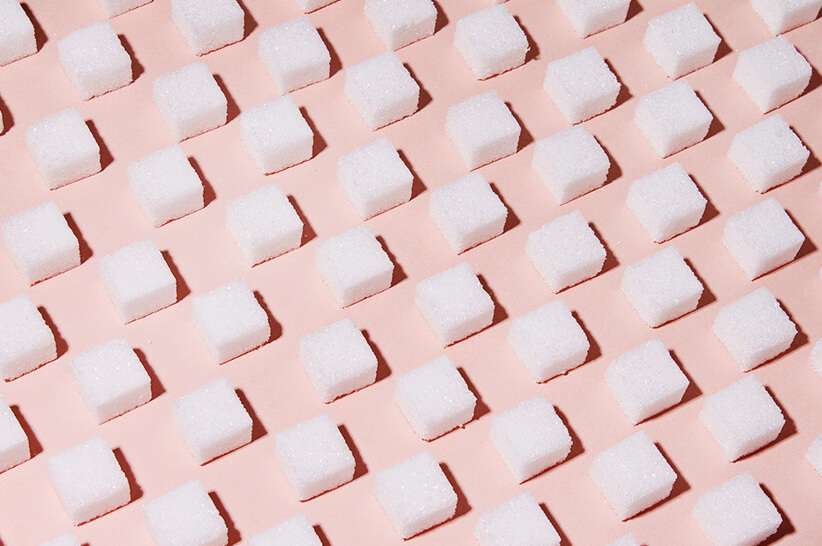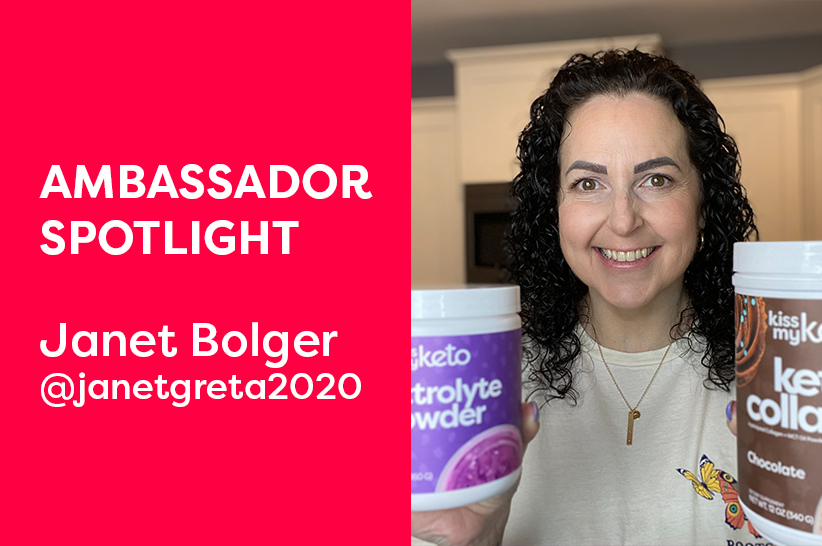Have you made that decision to do a sugar cleanse? One of the things that people experience when starting a low carb, ketogenic lifestyle is sugar withdrawal.
Maybe you’ve taken this leap because you’ve heard about the dangers of too much sugar:
Study shows that added sugars in the diet can cause obesity, heart disease, diabetes, cognitive decline, and other chronic diseases 1.
Another study revealed that foods with a higher glycemic index (GI) abnormally increase one’s appetite. This is because such foods do not make you feel satiated 2. You could eat large quantities of sweet snacks and still want more.
For you to have a successful sugar detox, you need to keep a few essential things in mind.
In this article, we’re going to find out what are the symptoms of sugar withdrawal and how do you detox from sugar successfully.
Let’s get started.
What Is Sugar Withdrawal?
Sugar withdrawal refers to unpleasant symptoms that usually happen when you stop eating lots of sugar.
When your body is used to constantly receiving large amounts of the sweet stuff, you’ll be in for a shock when that supply is cut off,”
says Lisa Richards, CNC, of The Candida Diet.
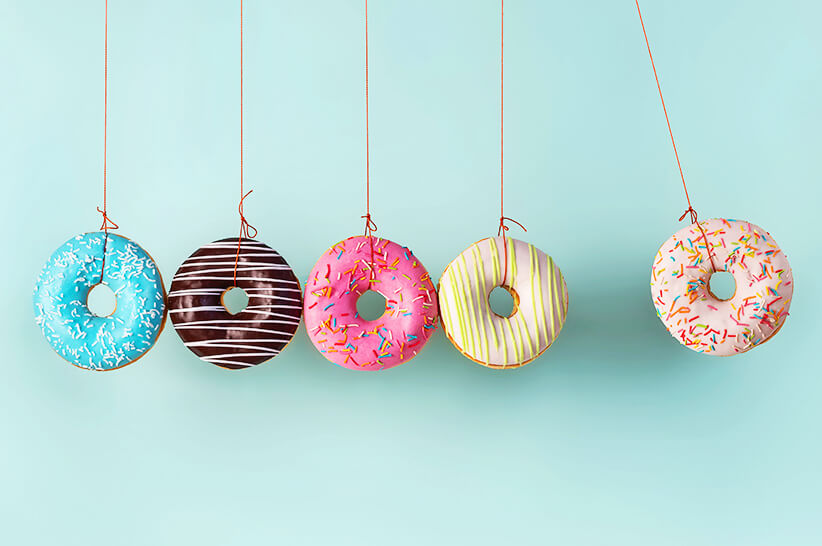
You might be asking “Is sugar withdrawal a real thing?”
It is real. And it can be explained with the evidence that excessive sugar acts on the brain similar to drugs – psychostimulants and opiates. The overall effect is an increased dependency on sugar 3.
New findings also suggest that overconsumption of highly palatable foods promotes bingeing. It does that by increasing brain opioids, substances that induce happiness and excitement 4.
The more often you consume sugar, the more dependent you become. When you abstain from it, your craving intensifies 4.
The stages of sugar withdrawal are pretty common:
You start by feeling a sense of pride that you’re breaking up with sugar for good. In fact, you may have already made your first attempt in drinking that sugarless coffee or tea!
But after that initial excitement, you begin to miss sugar. Oftentimes, people in this stage reminisce about their favorite sugary foods.
Then the cravings kick in. It is during this stage that withdrawal symptoms happen. Read the next section to learn more about each symptom…
What Are the Symptoms of Sugar Withdrawal?
Quitting sugar can have these expected effects on your body.
But be encouraged:
Withdrawal symptoms don’t last forever. This should motivate you to sustain your efforts. Sugar withdrawal duration usually takes a few days to 2 weeks.
Anxiety
Giving up sugar is an unpleasant experience. This is especially true if you’ve been used to coping with stress through eating sugar.
One of its common side effects is anxiety and irritability. A person may be impulsive and can even feel like they’re having a panic attack.
In a 2008 study, rats were fed with a high-sugar diet for days and were made to fast for 36 hours. The findings suggested anxious behavior, similar to an opiate-like withdrawal 5.
Low energy
Another symptom that results from a sugar detox is tiredness and fatigue.
If you’re feeding your body with sweet treats to re-energize, you’re going to feel awful when you leave them behind. Don’t be alarmed by low energy levels. It’s your body missing its usual “fuel.”
Muscle aches
Got aching muscles? It’s possible to experience muscle pain throughout your body. Joint pain can also occur. In fact, these symptoms can be accompanied by fatigue and moodiness.
Intense cravings
Given that sugar is addictive, a person can have strong cravings. They will never be satisfied until they eat that particular sugary food.

The stress and anxiety of not having sugar can trigger food cravings. In some people, such cravings subside in a few days. For others, it takes weeks.
Headache
Headache is another common side effect of banishing sugar from your diet. At the same time, a person can feel light-headed or nauseated.
Consuming little to no sugar causes your blood glucose levels to drop. We call this decrease in blood glucose “hypoglycemia.” This shift in glucose triggers a general headache. For some people, it can be a migraine 6.
Changes in sleep
Your sleep patterns can be altered by shifting to a low sugar diet. Richards mentions that you may find yourself having insomnia and poor sleeping patterns.
A drop in your blood glucose levels affects your sleep and its quality. Insomnia can also worsen fatigue, anxiety, and irritability.
It’s important that you implement tips that will help you sleep better while your body is trying to adjust to your dietary change.
Bad breath
Are you eliminating sugar as part of your keto diet regimen? Sugar withdrawal on keto can manifest as bad breath. We call this keto breath.
The reason for bad breath is the rise in acetone, a ketone body. Acetone exits your body via your urine and breath – thus keto breath.
Interesting fact:
Breath acetone is a reliable indicator of ketosis in adults who follow a nutritional ketosis meal plan.
Difficulty concentrating
This symptom could be the result of insomnia, headache, and other unpleasant sensations we mentioned earlier.
You may find yourself making mistakes and unable to think clearly, sit still, and make decisions.
How to Overcome Sugar Withdrawal Symptoms
You probably already know how to quit sugar, but you also need help in managing the effects of withdrawal. Read on to find out what you should do.
Cut sugar from your diet gradually
Going cold turkey might work for some people, but not everyone.
If your symptoms are overwhelming, consider taking it slow. Instead of cutting out sugar altogether, start with small and doable actions.
Here are some ideas. Just pick one or two to implement:
- Swap out regular sugar for keto-friendly sweeteners like stevia, monk fruit sweetener, or erythritol.
- Give up sweet beverages. Have plain water or lemon water during a meal instead,
- Pick one sweet treat to give up. Would it be that afternoon cookie? That breakfast bagel?
- Choose a stress-relieving activity that doesn’t involve eating a dessert.
- The next time you go grocery shopping, check the label for added sugars.
Cutting out one bad sugar habit at a time has two benefits:
First, it reduces the intensity of the withdrawal symptoms. Everything becomes more manageable. Second, it allows you to make your new healthy habit stick better.
Richards also recommends finding healthy substitutes.
She says,
Healthy detoxing from sugar can be as simple as using healthier alternatives for your usual meals, such as stevia or low-sugar fruits.
These will lessen the shock of losing sugar from your life.”
Eat “bitter” foods
You might be surprised by this trick, but bitter foods can actually stop sugar cravings.
An article from Scientific American mentions that sweet is an inherently attractive taste, bitter is inherently unpleasant 7.
The article also cites an experiment on mice. When sweet connections were switched on in the mice’s brains, they drank a bitter chemical even more. Meanwhile, when bitter connections were activated, the mice perceived a sweet solution as horrible 7.
Bitter foods that help beat your sugar cravings include bitter melon, brussel sprouts, cabbage, kale, citrus peel, coffee, and green tea.
Exercise
A light workout can be effective in shifting your attention away from thoughts about unhealthy food. It also elevates your mood and energy by triggering the release of endorphins.
We emphasize that you should only do a light workout, especially if you feel fatigued. Study shows that brisk walking for 15 minutes can reduce ad libitum snacking and chocolate cravings 8.
Drink plenty of water
Staying hydrated throughout the day with water is the easiest way to keep cravings at bay. It minimizes your desire for sweet foods, including unhealthy beverages. Your body may be mistaking thirst for hunger.
Key tip:
The next time a craving hits, drink water immediately and wait for a few minutes to pass. If the craving stops, it means that you were actually thirsty.

Drinking water can keep sugar cravings at bay.
In a 2013 study, middle-aged and older adults who were overweight or obese lost weight by drinking 500 ml of water 30 minutes before their meals 9.
Eat more protein
Protein is a highly satisfying macronutrient. Research states that a modest increase in protein promotes satiety and helps with weight loss 10.
This probably explains protein’s usefulness during a sugar cleanse.
“Boost your protein intake by making sure every meal contains protein,” says Richards. Keto-friendly or low-carb protein sources include meat, seafood, eggs, nuts, and poultry.
Stress management
This shouldn’t surprise you. Yes, stress is a common culprit for sugar cravings. Whenever you feel stressed, your desire for chocolate and other sweet treats increases.
Here’s why that happens:
Stress prompts your body to release its stress hormone, cortisol. Cortisol increases the value of food as a form of reward and boosts your motivation to eat more.
It’s important to manage stress. This takes practice. If you’re living a busy life, learn to slow down. Take a break by meditating, listening to music, or spending time in nature. Make quality sleep a priority as well.
When to See Your Doctor?
You need to consult a doctor if your symptoms don’t go away despite having applied the tips we suggested here. Also see a doctor if your symptoms interfere with your daily life and if you are diagnosed with Diabetes.
There you have it. With the knowledge you’ve gained, you should be able to recognize sugar withdrawal and beat it successfully. Embarking on a low-carbohydrate, keto journey can be tough – but only at the beginning. It is worthwhile.
Takeaways
- If you’re trying to make a change in your diet, a gradual transition is easier on your body. Begin by simply eliminating one sugar habit at a time. Healthy alternatives help as well.
- While you’re feeling one or more of these withdrawal symptoms, remind yourself that they don’t last forever. You will get through this soon. Take good care of your body through hydration, stress management, and exercise.


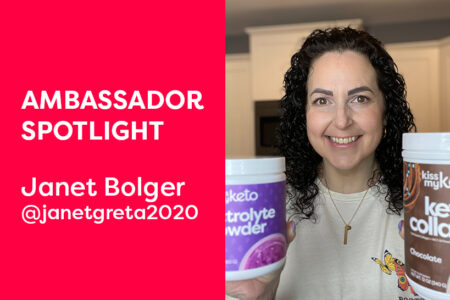

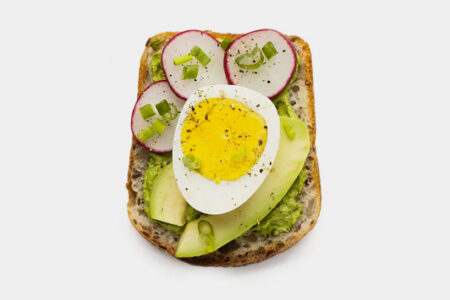
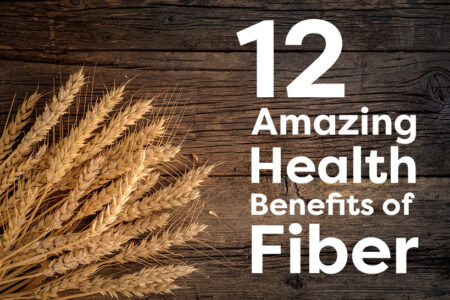
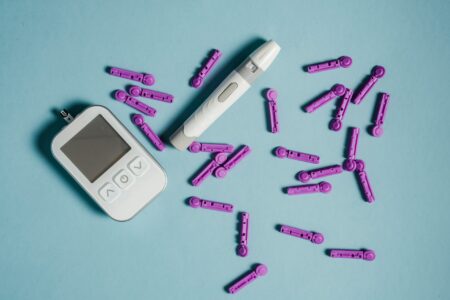

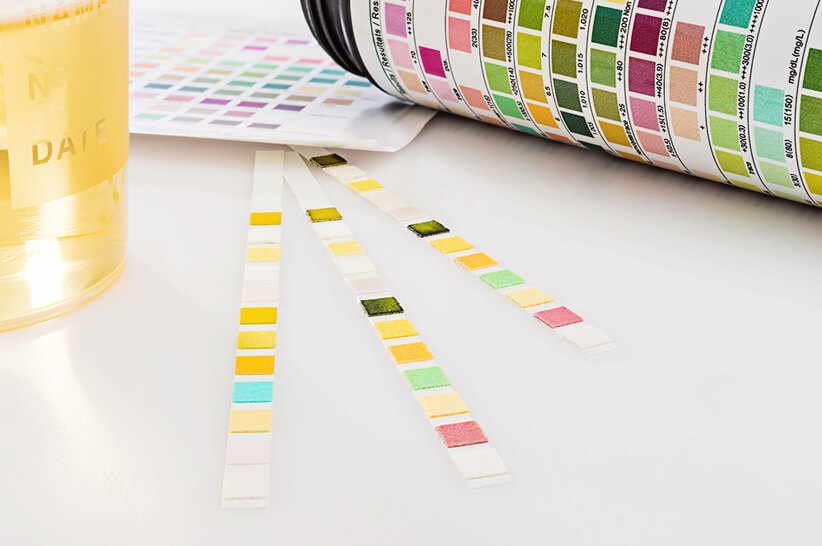

![Juicing for Weight Loss: Everything You Need to Know [Plus Recipes]](/wp-content/uploads/2019/08/Juicing-for-Weight-featured-image.jpg)






